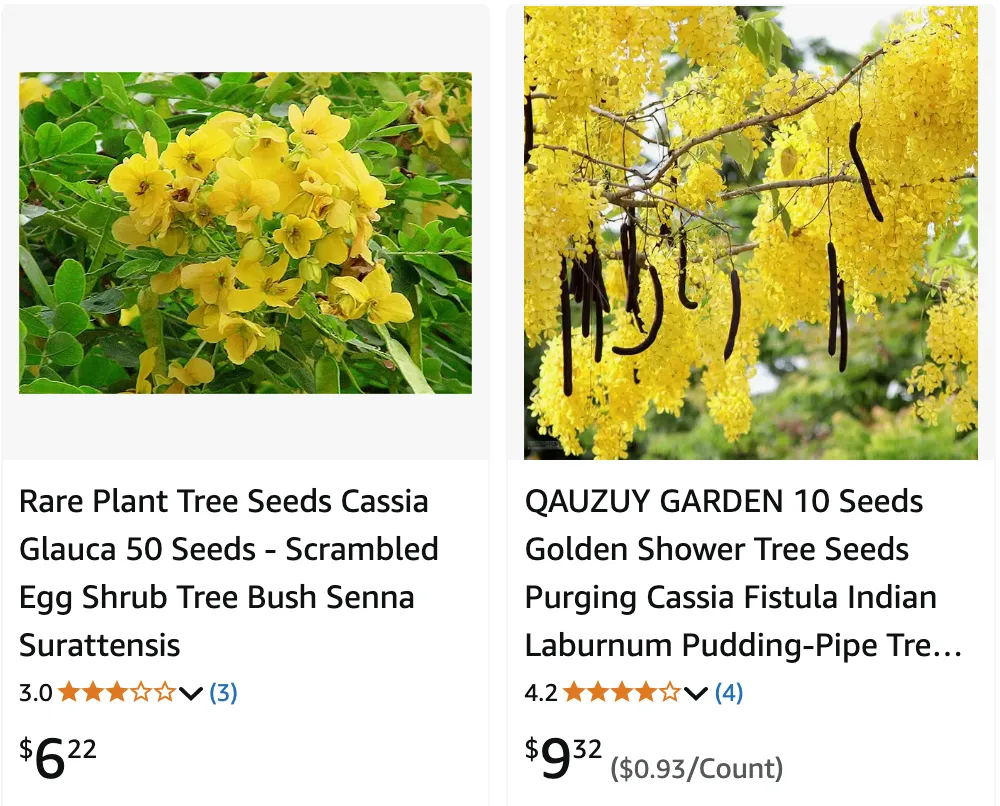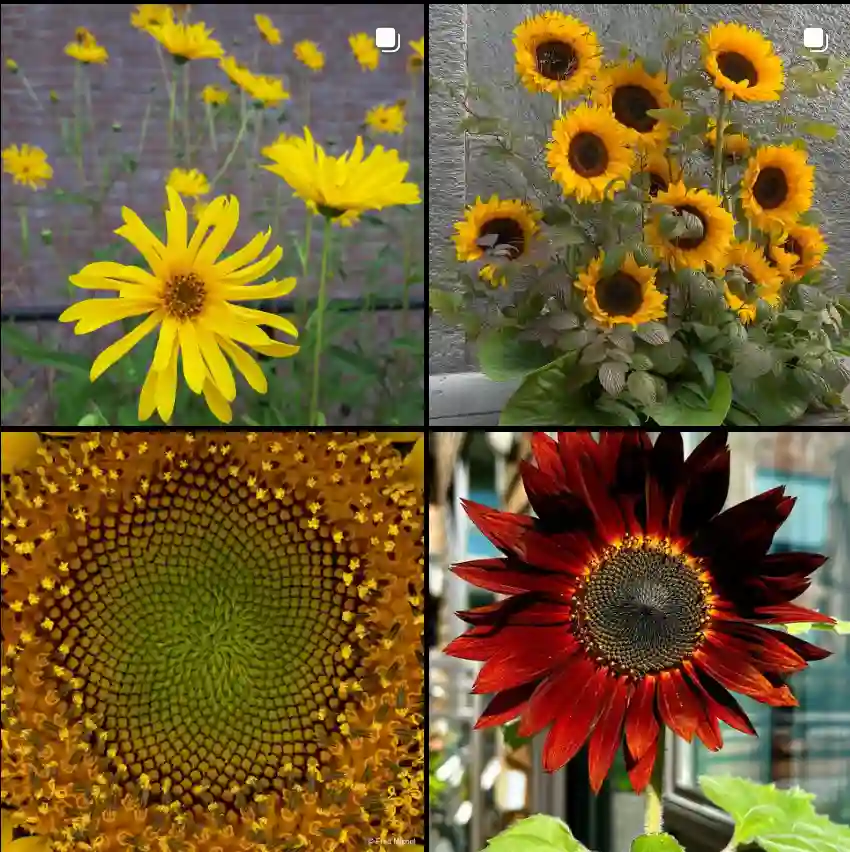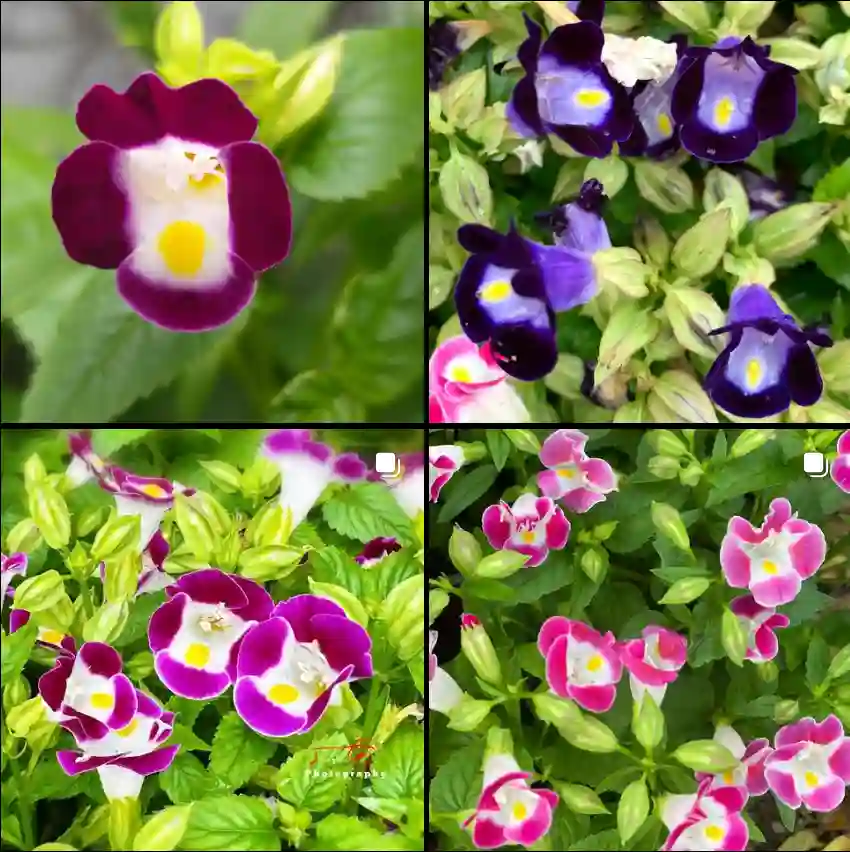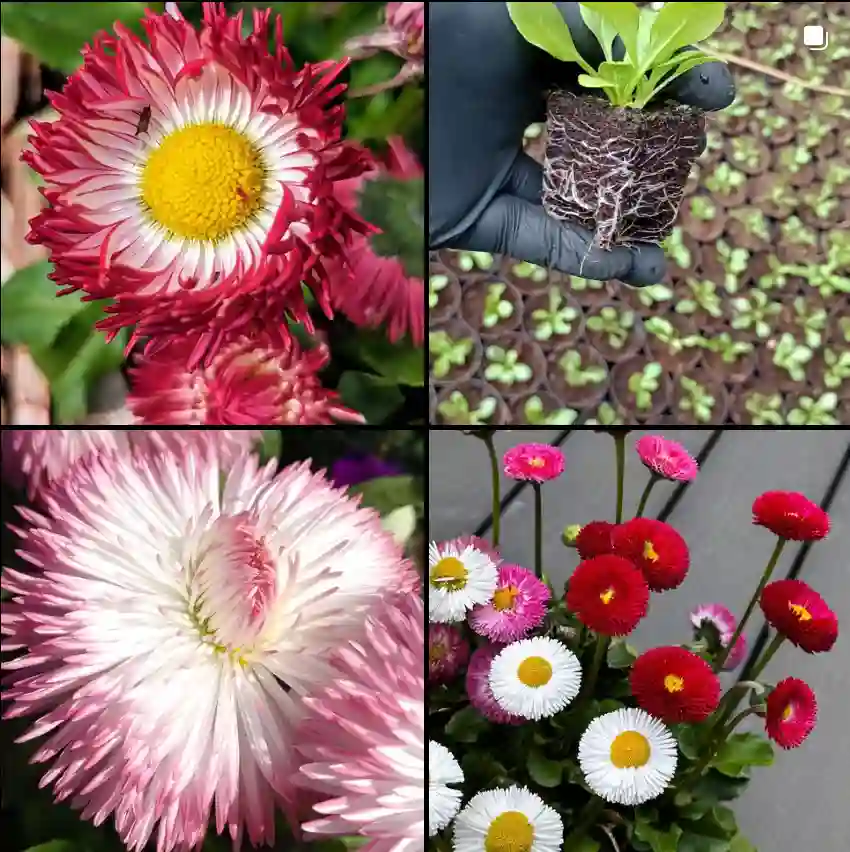
June 5 – Cassia
"Cassia, the golden shower tree, represents June 5."
Cassia symbolizes celebration and radiance. Your vibrant personality brings people together, creating moments of joy. Like its cascading yellow blooms, your energy brightens every setting.
Cassia: A Golden Shower of Beauty
My name is Ferb Vu, and I’ve always been fascinated by the natural world, particularly the diverse and beautiful realm of plants. Among my favorites is the Cassia genus, a group of flowering trees and shrubs known for their vibrant, often golden blossoms. These plants bring a touch of the tropics to gardens and landscapes around the world, and their impact extends beyond mere aesthetics. Let’s delve into the world of Cassia and explore what makes this genus so captivating.
A Tropical Tapestry
Cassia belongs to the legume family, Fabaceae, and is characterized by its pinnately compound leaves and showy flowers, typically in shades of yellow. Imagine walking through a garden where sunlight filters through the canopy, illuminating clusters of golden blooms that cascade like rain. This “golden shower” effect is a hallmark of many Cassia species, and it’s a sight that truly takes your breath away.
These plants are native to tropical and subtropical regions, with a pantropical distribution. This means you can find them gracing landscapes across Asia, Africa, and the Americas. Their adaptability to various climates has made them popular ornamentals, and they thrive in warm, sunny environments.
A Diverse Family
The Cassia genus boasts a remarkable diversity, with around 37 recognized species. Some notable members include:
- Cassia fistula: Also known as the golden shower tree, this species is renowned for its long, pendulous racemes of bright yellow flowers. It’s a popular ornamental tree in many tropical countries. Plant FAQs: Cassia Fistula – Golden Shower Tree
- Cassia javanica: The Javanese cassia or pink shower tree, as its name suggests, features beautiful pink blossoms. It’s a striking addition to any landscape. Plant FAQs: Cassia Javanica – Rainbow Shower Tree
- Cassia grandis: This species, known as the pink shower tree or horse cassia, produces large, pink flowers and is native to Central and South America.
- Cassia abbreviata: The Sjambok pod cassia is a smaller tree with yellow flowers and distinctive long, cylindrical seed pods.
- Cassia afrofistula Brenan
- Cassia angolensis Welw. ex Hiern
- Cassia arereh Delile
- Cassia artensis Beauvis.
- Cassia aubrevillei Pellegr.
- Cassia bakeriana Craib
- Cassia brewsteri (F.Muell.) F.Muell. ex Benth.
- Cassia burttii Baker f.
- Cassia cowanii H.S.Irwin & Barneby
- Cassia eremophila A.Cunn. ex Vogel
- Cassia fastuosa Willd. ex Vogel
- Cassia ferruginea (Schrad.) DC.
- Cassia fikifiki Aubrév. & Pellegr.
- Cassia hintonii Sandwith
- Cassia hippophallus Capuron
- Cassia johannae Vatke
- Cassia lancangensis Y.Y.Qian
- Cassia leiandra Benth.
- Cassia leptophylla Vogel Plant FAQs: Cassia Leptophylla
- Cassia mannii Oliv.
- Cassia marksiana (F.M.Bailey) Domin
- Cassia midas H.S.Irwin & Barneby
- Cassia moschata Kunth
- Cassia mystacicarpa Rizzini & Heringer
- Cassia psilocarpa Welw.
- Cassia queenslandica C.T.White
- Cassia roxburghii DC.
- Cassia rubriflora Ducke
- Cassia sieberiana DC.
- Cassia spruceana Benth.
- Cassia swartzioides Ducke
- Cassia thyrsoidea Brenan
- Cassia tomentella (Benth.) Domin
Beyond Beauty: Uses and Benefits
While Cassia is primarily known for its ornamental value, it also has a history of use in traditional medicine and other applications. Some species have been employed for their purported laxative properties, while others have been used in dyes and tannins.
For instance, Cassia fistula has been used in Ayurvedic medicine for centuries. Its pulp is believed to have purgative effects, and it’s also been used to treat skin conditions and other ailments. However, it’s crucial to remember that any medicinal use should be under the guidance of a qualified healthcare professional.
Cultivating Cassia
If you’re captivated by the beauty of Cassia and want to introduce it to your own garden, you’ll be pleased to know that many species are relatively easy to cultivate. They prefer well-drained soil and plenty of sunlight. Regular watering is essential, especially during the establishment phase.
Propagation is typically done through seeds, which may require scarification to enhance germination. With proper care and attention, you can enjoy the vibrant display of Cassia blossoms in your own backyard.
A Symbol of Hope and Renewal
For me, Cassia represents more than just a beautiful plant. Its vibrant golden flowers symbolize hope, joy, and renewal. In many cultures, Cassia fistula is associated with spring festivals and new beginnings. It’s a reminder that even after the harshest winter, life reemerges with vibrant colors and renewed energy.
As I continue to explore the botanical world, I’m constantly amazed by the diversity and resilience of plants like Cassia. They bring beauty to our surroundings, provide valuable resources, and connect us to the natural world. In a world that often feels chaotic, the simple elegance of a Cassia blossom serves as a reminder of the enduring beauty and wonder that surrounds us.
If i die, water my plants!



